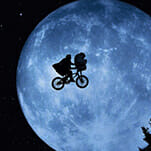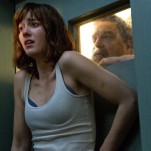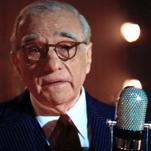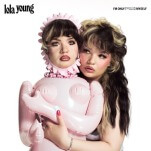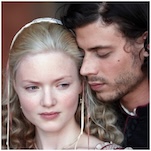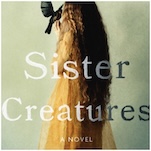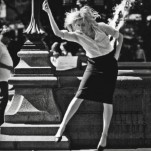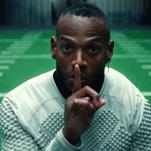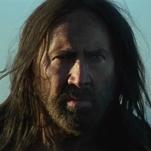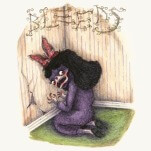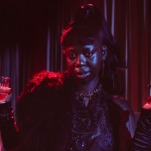The Best Horror Movie of 1973: The Exorcist
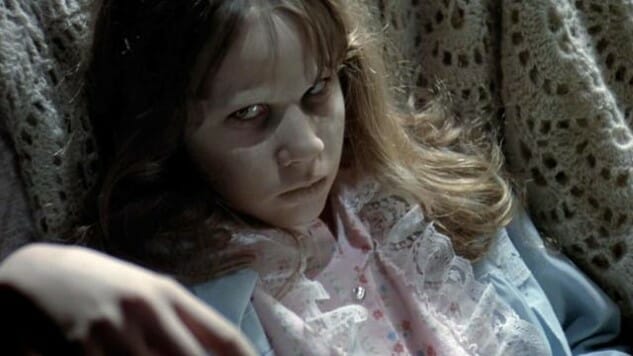
This post is part of Paste’s Century of Terror project, a countdown of the 100 best horror films of the last 100 years, culminating on Halloween. You can see the full list in the master document, which will collect each year’s individual film entry as it is posted.
The Year
Even if The Exorcist had somehow been all alone for 1973, it still would have been a big year for horror, but considering everything else that is also released this year, you have to call it one of the most prominent, important years in genre history. After a start to the decade that was dominated by European output—monster movies, giallo, sexploitation, etc.—this is the year that American horror comes screaming back, although it’s a prolific year for the U.K. horror industry as well. The quality is through the roof, as the year’s three top films—The Exorcist, The Wicker Man and Don’t Look Now—would be very strong contenders to win any year in which they were released. It certainly feels like a breakthrough moment for psychological horror in particular, suggesting that the newly minted classics of the genre would achieve their status not necessarily via gore and exposed flesh, but by probing the human mind.
Of the other films released this year, Robin Hardy’s The Wicker Man looms the largest in the public eye, contributing what is considered by many to be the quintessential British horror movie. Christopher Lee shines as the regal Lord Summerisle, making the most of a rare opportunity to appear in a prominent horror film as something other than Dracula or a reimagined Universal monster. A key film for the idea of “pastoral” folk horror, the likes of Midsommar could hardly exist without The Wicker Man, a keen examination of the ideological and cultural divide between the old world and the modern one. With a notably dire ending that dares its audience to consider the real possibility of their own powerlessness, the film’s greatness managed to remain untarnished by the abysmal 2006 remake, now infamous for its many moments of unhinged Nicolas Cage bizarrity.
Nicolas Roeg’s Don’t Look Now, meanwhile, somehow remains less familiar to casual horror fans than The Wicker Man, but it’s likely the more persistently disturbing of the two films. A dreamy, surrealistic examination of a marriage fracturing under the stress of grief, the film stars Julie Christie and Donald Sutherland as a couple who travel to Italy in an attempt to heal following the accidental death of their daughter. But as the two begin to experience nightmarish blurs of the past and the future as timelines collide, it becomes difficult to trust (or act on) any of their perceptions in a way that doesn’t make things that much worse. Like The Wicker Man, Don’t Look Now stands out for its shocking ending, ranking among the most chillingly memorable reveals in the history of the genre.
And that’s just this year’s acknowledged masterpieces. We also have films such as the gleefully weird haunted house yarn The Legend of Hell House, the thespian revenge story Theater of Blood with Vincent Price, more Amicus anthologies like Vault of Horror, influential black vampire movie Ganja & Hess, dystopian people-eating nightmare Soylent Green and prime giallo such as Torso. Which is all to say: 1973 was one hell of a year for horror.
1973 Honorable Mentions: Don’t Look Now, The Wicker Man, The Legend of Hell House, Theater of Blood, The Night Strangler, The Vault of Horror, Sisters, Torso, The Crazies, Ganja & Hess, Soylent Green
-

-

-

-

-

-

-

-

-

-

-

-

-

-

-

-

-

-

-

-

-

-

-

-

-

-

-

-

-

-

-

-

-

-

-

-

-

-

-

-

